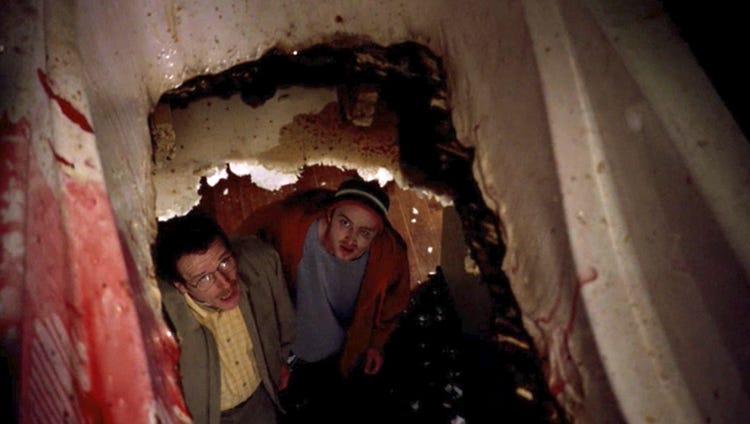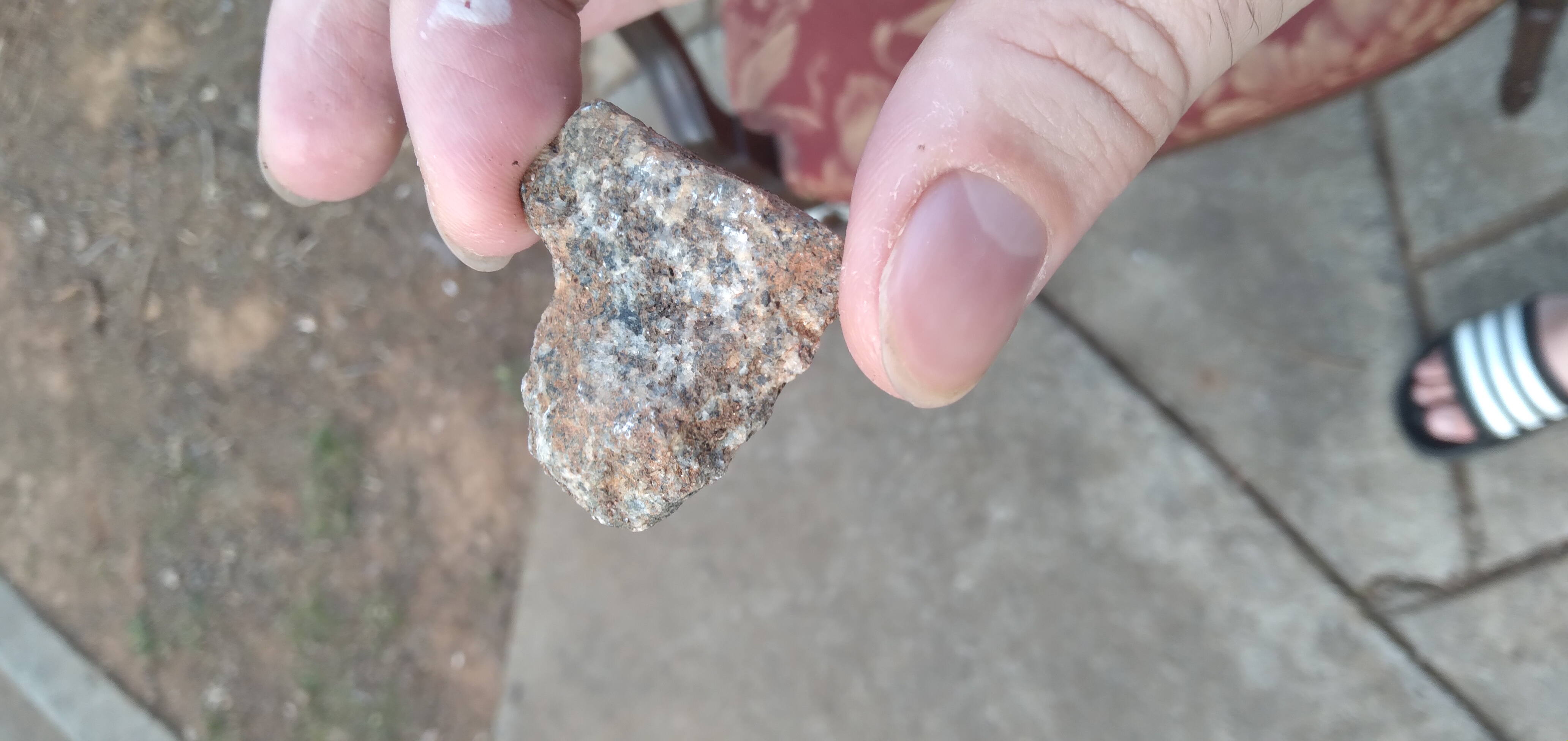It must be correctly rated plastic, preferably for industrial use. A lot of common caustic chemicals can eat through basic plastic easily.
Honestly if you want to get access to dangerous shit, you needn’t go farther than gasoline. Dissolve syrofoam until saturation to make napalm, or combine with ammonium nitrate, and insert a blank to make an ANFO bomb.
Gasoline and Styrofoam doesn't create the substance Napalm, as the chemical combination lacks naphthene or palmitate. Napalm is just the broader term that the US Army applies to Weaponized Jellied Gasoline, which was petrol + benzene (already in gasoline) + polystyrene.
To make true original napalm (which was used up until Vietnam) you would need aluminum soap powder of napthenic and palmitic acids, hence (NA-PALM), that is the stuff that was originally in flamethrowers and incendiary bombs.
Thanks ComradeSalad for letting us know the ingredients to napalm so we can watch out for accidental mixtures 🤗
The amount of people I’ve seen on tiktok accidentally making mustard gas is astounding
I know people that made these mistakes in real life without tiktok lol so it's definitely common.
Also definitely don't spray bleach on any bronze statues of racist dudes you may have laying around, you definitely don't want to induce bronze disease which would eat away at it and cause it to be taken down in an attempt to save it.
Reminds me of when covid started and clorox wipes were sold out, so people were making their own homemade wipes mixing various cleaning supplies. What a disaster
People did that? I remember thinking it strange enough that people would only use soaps that say 'kills 99.9% germs' on the packaging, as if 'ordinary' soap is just to make your hands smell nice.
Most household varieties of hydrogen peroxide and vinegar aren't concentrated/strong enough to make paracetic acid. You'd need vinegar of a much higher than 6% concentration typically sold and ideally higher concentration peroxide than the drug store kind (like the kind you could get for industrial applications without a special permit). Not that you should mix household cleaners without a clear understanding of the chemistry but I'm just doubtful this is a risk for most people who don't have access to commercial strength varieties of both.
Bleach and toiletbowl cleaner is way more dangerous than I thought, glad I never did that, I probably would’ve done it as a kid if left to clean the toilet by myself
Never had the "pleasure" but I've been told by some people who work at a trash collection/transfer point that its another way to make chlorine gas.













